Thermal Branch Capabilities
Thermal Systems Design and Development
- Develop and implement thermal control methods to meet thermal requirements for spacecraft and their instruments.
- Thermal control techniques include coatings, radiators, heaters, multi-layer insulation blankets, louvers, heat straps, and 2-phase systems.
- Design and develop active and passive thermal control systems for spacecraft, payloads, and instruments.
- Provide technical oversight for non-GSFC missions, when proposed and while in development.
- Develop thermal requirements (including interface requirements) for spacecraft and instruments.
- Provide preliminary cost and schedule estimates for spacecraft and instruments.
Thermal Modeling and Analysis
- Use computer programs to provide early verification of designs.
- Create a geometric math model to compute radiative heat transfer and environmental fluxes.
- Develop a thermal math model to predict on-orbit temperatures and heat flows.
- Simulate space environments.
- Maintain a high level of experience with a number of software tools.
- See more details on our Thermal Modeling and Analysis Section.
Thermal Technology Development
- Develop and test new thermal control technologies.
- Manage research programs, develop and conduct flight experiments.
- Research in loop heat pipes, variable emittance surfaces, and high-conductivity materials.
- An industry leader in two-phase heat transfer development and testing.
- Facilities include numerous thermal vacuum chambers, two-phase thermal test beds, electronics, and test equipment.
- See more details on our Technology pages.
Environmental Testing
- Design thermal-vacuum test setups.
- Plan and direct thermal vacuum testing.
- Design and conduct thermal balance testing with the use of thermal vacuum chambers.
- Install ground support equipment and sensors.
- Check the functionality of all thermal hardware.
Hardware Integration
- Oversee design and installation of multi-layer insulation blanketing for flight hardware.
- Install coatings, survival heaters, thermostats, thermistors, radiators, and thermal gaskets.
Mission Operations Support
- Monitor spacecraft temperatures during launch and initial orbit stages.
- Provide consultation to on-orbit satellite programs as needed.
Thermal Modeling & Analysis
Thermal Engineering Branch personnel are often required to perform mathematical modeling and analysis of spacecraft and spacecraft components. A variety of commercial software tools are available to perform space based thermal analysis for the verification of thermal designs. Nearly all these tools use a similar coupled, two-model approach:
Geometric Math Model
A Geometric Math Model (GMM) represents geometric surfaces, including size, location, orientation, and optical coatings and is used to compute:
- Radiation Exchange between surfaces and represent them as heat flow paths between computation points (i.e. nodes).
- Radiation sources from Celestial Objects onto surfaces and represent them as applied heat loads onto computation points (i.e. nodes).
Thermal Math Model
A Thermal Math Model (TMM) combines the GMM output Radiation Conductors (Radks or GRs) and
Celestial heat sources with:
- Additional conductive/convective and/or radiative couplings representing the heat flow paths throughout the design.
- Applied heat dissipations to represent the thermal design.
- Thermal capacitance of the design.
- Logic to simulate the behavior of thermal components (e.g. heaters).
- Instructions governing the simulation boundary conditions and inputs.
This combined model of sources, sinks, conductors, and capacitances forms an electrical network analogy and is solved for temperatures at a nodal level as a function of time or under steady state conditions.
For Radiation Computations, the most common solution algorithm is the Monte Carlo Ray Trace
(MCRT). For Thermal Computations, the system of equations relating nodal temperature, heat, and
conductors is often represented in matrix form as [G][T]=[Q], where the solution is either
iterative or a matrix inversion approach to yield [G]-1[Q]=[T].
Current Thermal Analysis Tools
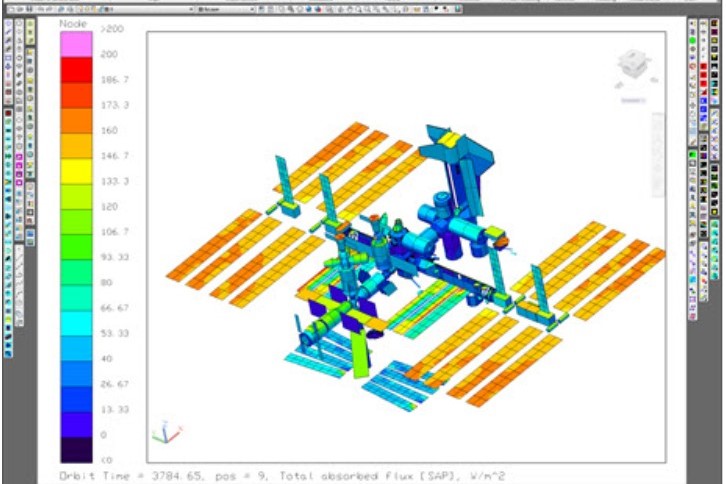
Thermal Desktop (GMM: RadCAD + TMM: SINDA/FLUINT)
Maintained by Cullimore and Ring Technologies, used by NASA
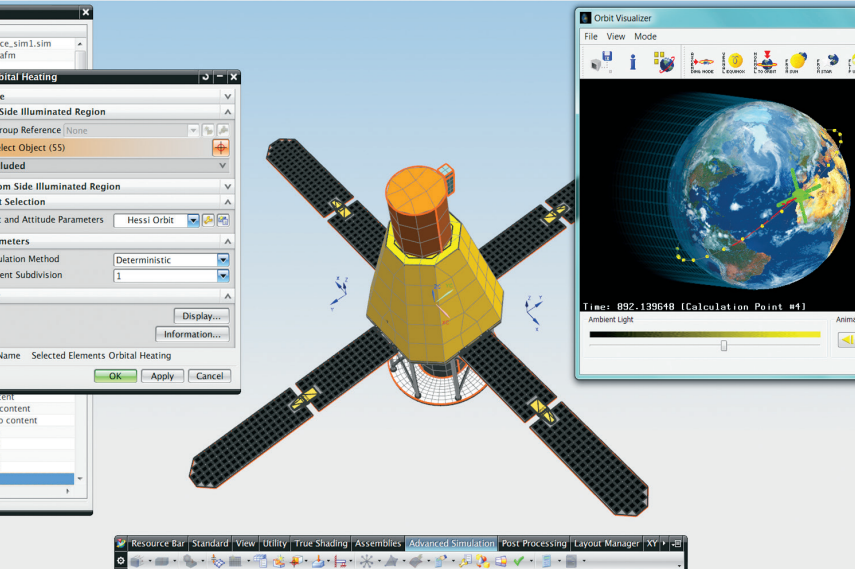
Space Systems Thermal [aka TMG] (GMM + TMM)
Maintained by Maya Heat Transfer Technologies in collaboration with Siemens
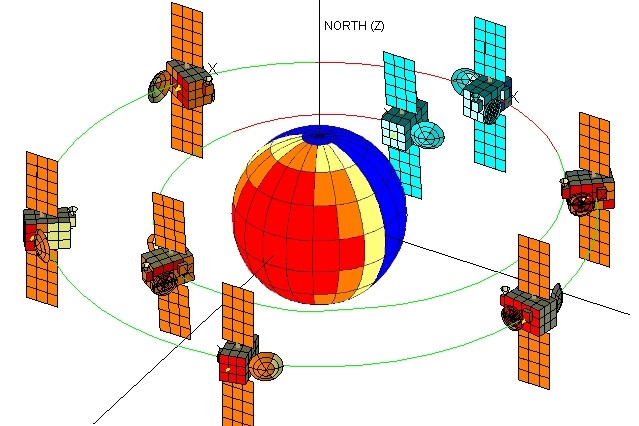
ESATAN-Thermal Modeling Suite (GMM: ESARAD + TMM: ESATAN)
Maintained by ITP Engines, primarily used by ESA
Other Thermal Analysis Tools
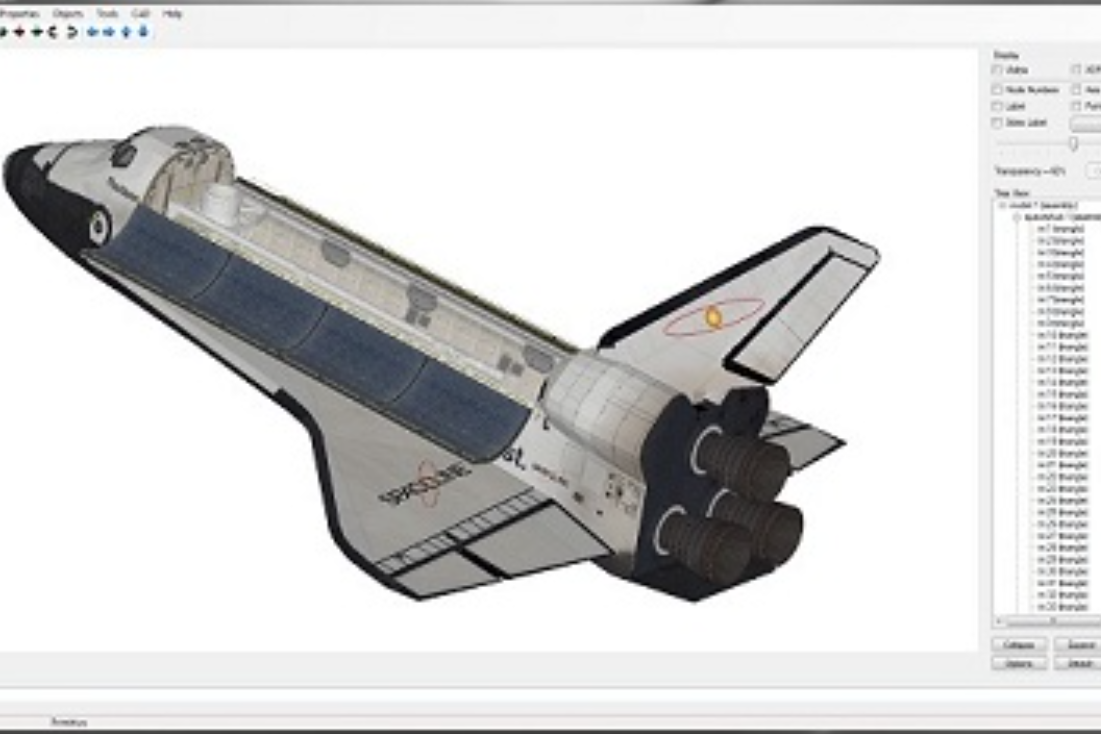
Thermal Synthesizer System [aka TSS] (GMM: Radk, HeatRate + TMM: SINDA/FLUINT)
Maintained by SpaceDesign Corporation, used by NASA
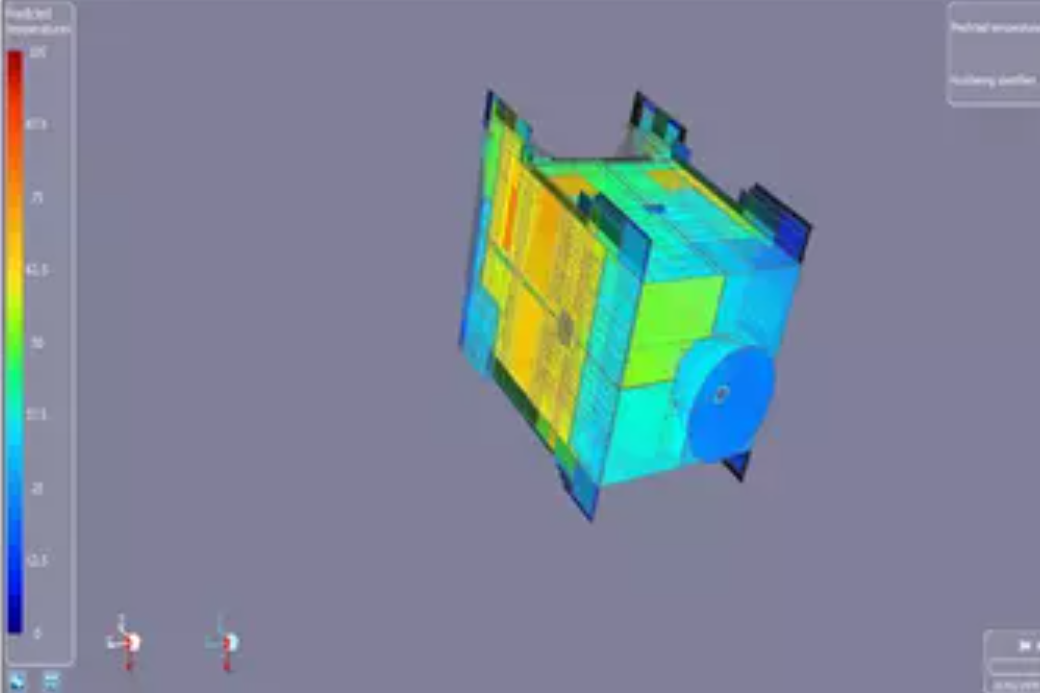
Systema (GMM: Thermica + TMM: Thermisol)
Maintained by Airbus, primarily used by ESA for projects with Airbus support
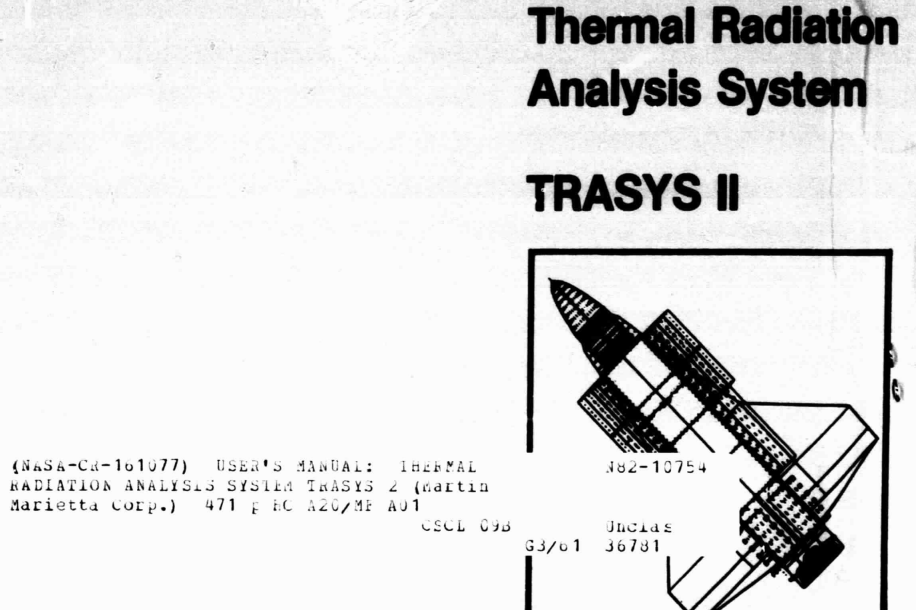
TRASYS (Radiation)
Legacy code developed by NASA; may be used backward compatibility with past mission
models
Thermal Branch Management
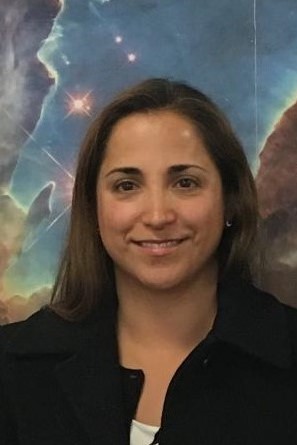
Please check back to the TEB website soon to see Veronica's favorite quote.
Veronica Otero
Branch Head(301) 286-2576
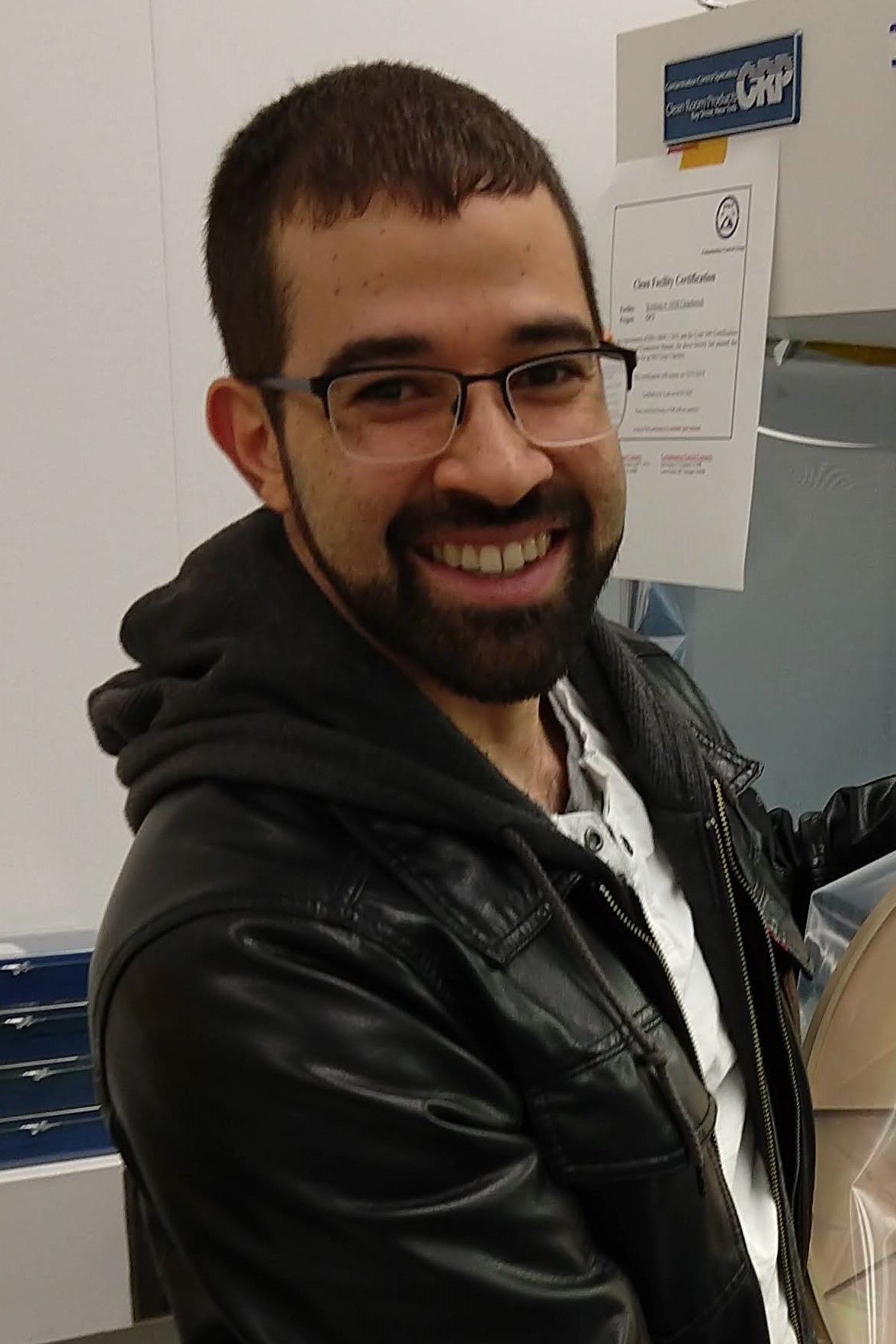
Please check back to the TEB website soon to see Juan's favorite quote.
Juan Rodriguez-Ruiz
Associate Branch Head(301) 286-2707

Please check back to the TEB website soon to see Deepak's favorite quote.
Deepak Patel
Associate Branch Head(301) 286-1549

Please check back to the TEB website soon to see Brian's favorite quote.
Brian Comber
Associate Branch HeadThermal Branch Technical Staff
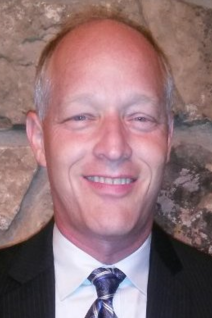
Please check back to the TEB website soon to see David's favorite quote.
David Steinfeld
Chief Thermal Engineer(301) 286-0565
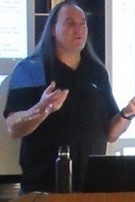
Please check back to the TEB website soon to see Hume's favorite quote.
Hume Peabody
Thermal Software Engineer Expert(301) 286-9141
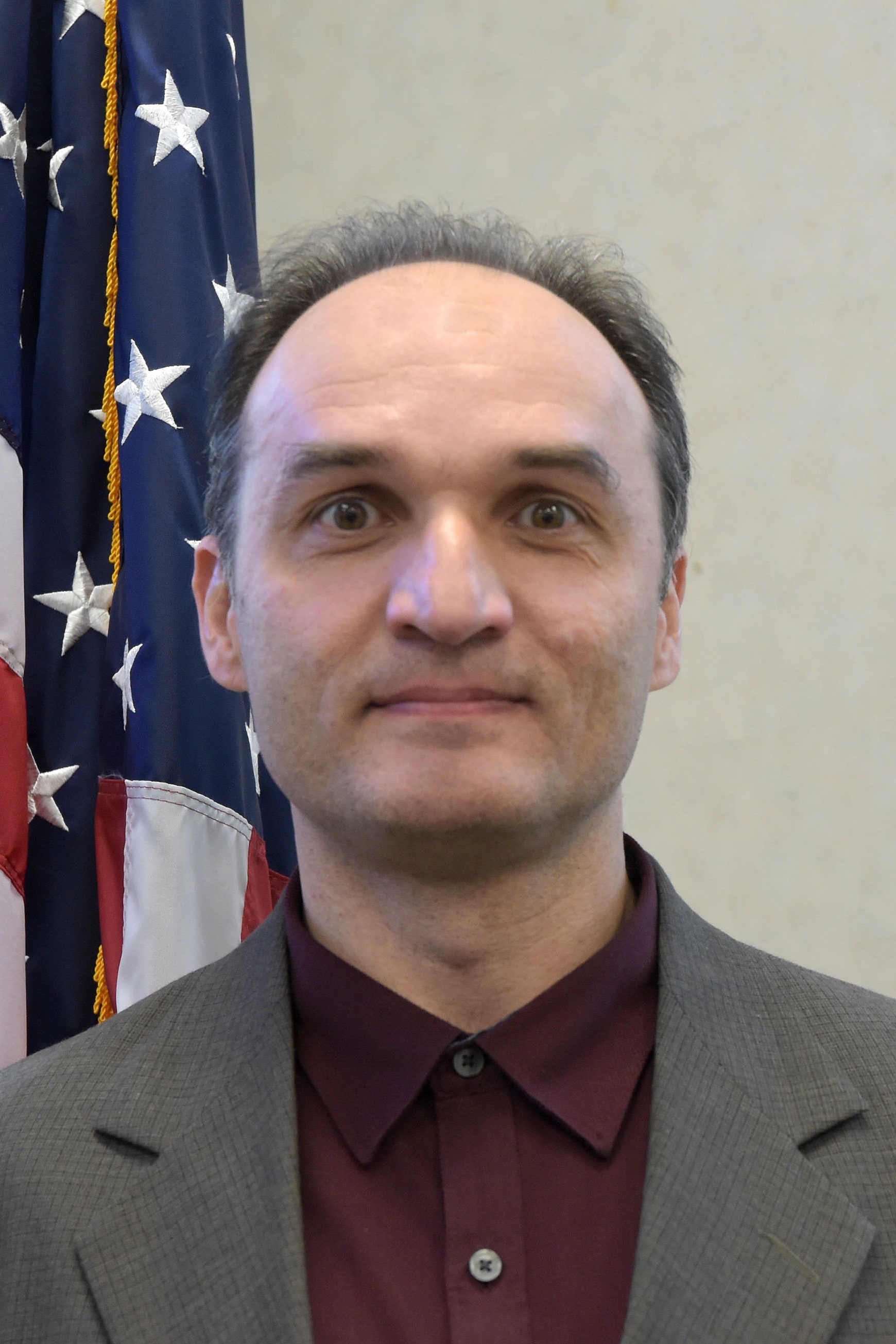
Please check back to the TEB website soon to see Sergey's favorite quote.
Sergey Semenov
Two-Phase Expert & Technologist(301) 286-3130
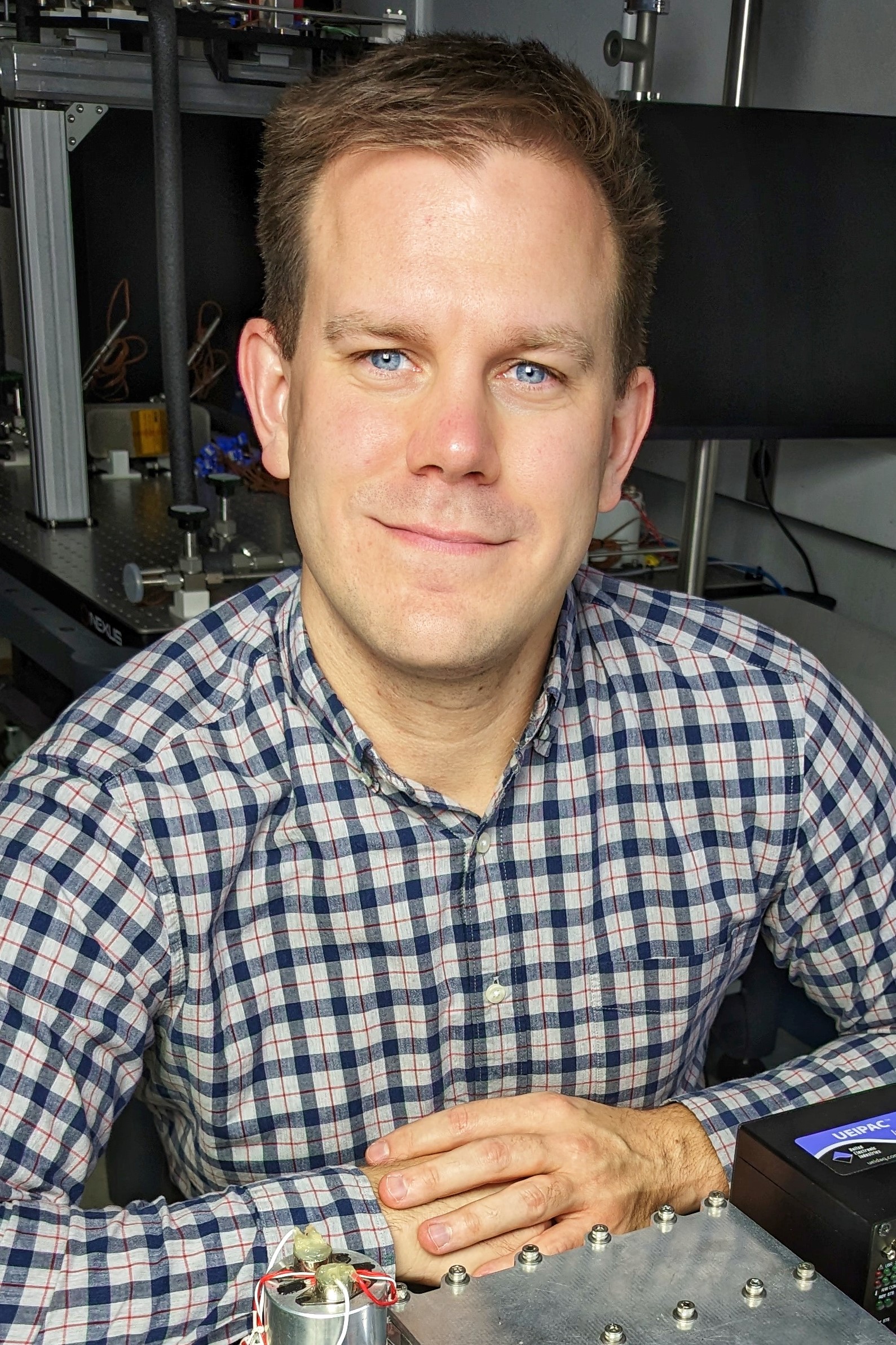
“We have found it of paramount importance that in order to progress we must
recognize our ignorance and leave room for doubt. Scientific knowledge is a body
of statements of varying degrees of certainty — some most unsure, some nearly
sure, but none absolutely certain.”
—Richard Feynman
Frank Robinson
T2D2 Facility Manager & Technologist(301) 286-7295
